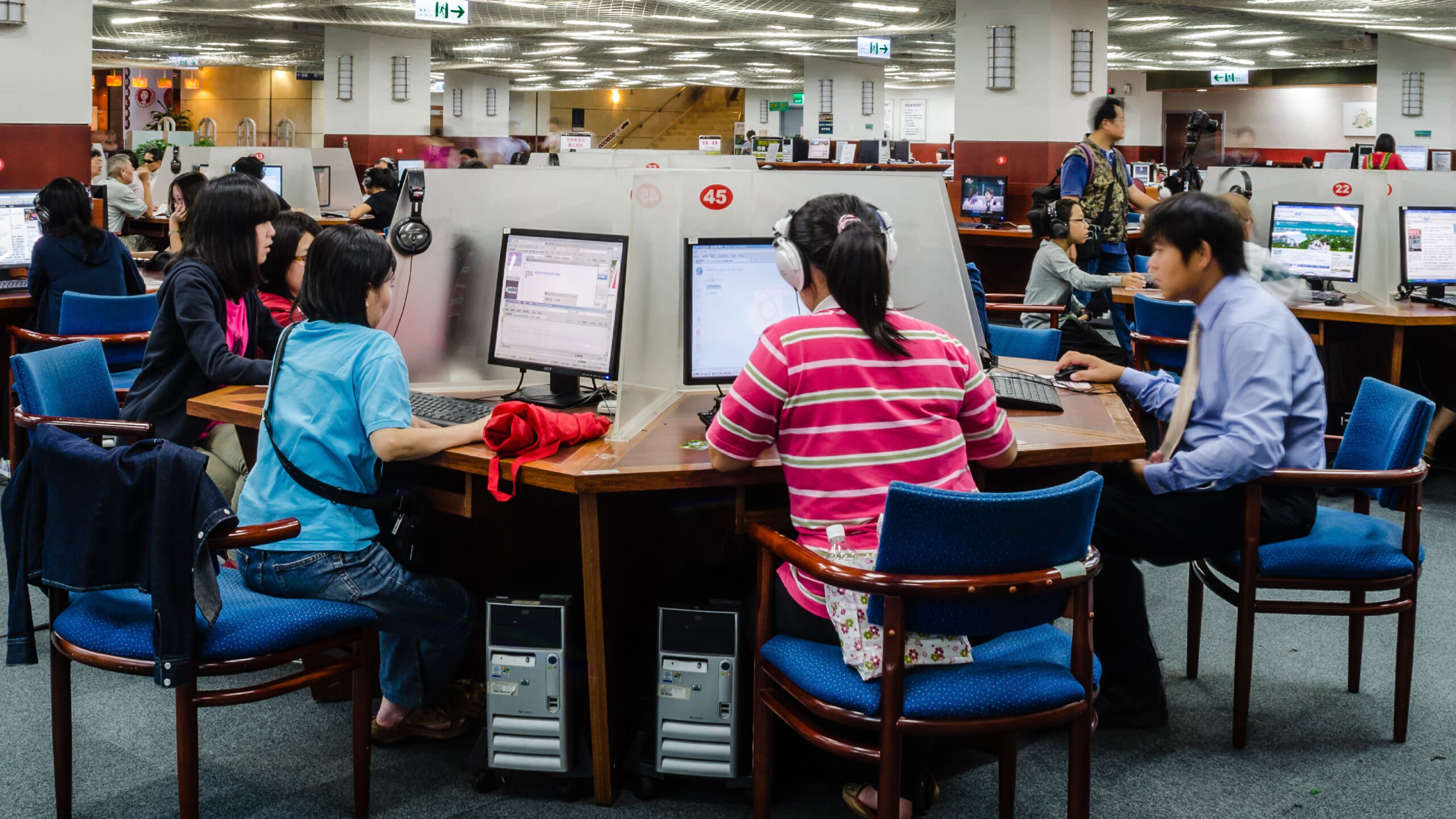Why Internet Radio Has a Bad Deal
Music licensing is messy, and for Internet radio it is exceedingly so. But to fully appreciate how poorly U.S. copyright law accommodates music licensing for Internet radio requires starting somewhere else entirely. So stick with me.
The tech sector occasionally receives criticism for evangelizing disruption for its own sake. Disruption, we are reminded, is not a goal, but a means to an end: improving products and services through competition enabled by technological progress. On the other hand, there is a certain confluence of the means with the end, particularly for technologists who tend toward optimism. Events such as TechCrunch’s annual Disrupt event, where technologists, startups, and entrepreneurs lionize those who “move fast and break things” illustrate that some in the industry perceive change itself as inherently good.
On the reverse side of the coin from disruption one finds the status quo. Unlike disruption, no one evangelizes incumbency or orthodoxy for their own sake. Few ideologues proselytize resistance to change. Instead, when incumbents use the policy process to fight against change – specifically, competition from new entrants – the arguments are generally pretextual, disguising less attractive motivations. For example, policymakers and the public may be told that some innovative disruption would undermine consumer protection, safety, or jobs in legacy industries. There are occasional appeals to ‘fairness’ too – at times rooted in the notion that the incumbent industry has some entitlement to be free from disruptive new entrants. Quashing disruptive competition can be disguised with many fig leaves. But the legacy industries’ inverted equivalent of the Disrupt Conference – some grand convention where the old guard exalts the status quo for its own sake – would seem like fodder for an Onion headline: ‘Incumbents Gather to Support Stagnation; Champion Established Order.’ This doesn’t happen. The first rule of defending the status quo is that you don’t talk about the status quo.
So, given the circumlocution and pretextual arguments typically associated with the opponents of disruptive competition, the Copyright Act’s provisions regarding licensing for new music services are all the more surprising.
We have ‘compulsory’ or ‘statutory’ copyright licenses in some industries like music, where individually licensing uses of each work from each artist would generate more transaction costs than the value of the underlying transaction. A statutory license avoids those costs. But what price must users pay? To answer that, the 1976 Copyright Act created a framework under which the Librarian of Congress could constitute royalty tribunals; a 1993 revision assigned copyright royalty adjudication to arbitration panels, and, giving them the unwieldy name of ‘Copyright Arbitration Royalty Panel’ (but one which made for a more palatable acronym), tasked arbitrators with determining appropriate royalty rates under the various statutory licenses specified in the Act. This framework was overhauled again in 2004, when these responsibilities were given to Copyright Royalty Judges (a structure subsequently challenged as violating constitutional separation of powers principles, but that’s another post).
While the name and structure of the copyright royalty adjudication process has changed on several occasions since the ’76 Act, one thing that has remained constant in the various iterations of the law is that the function of the officials includes achieving the following objective:
“to minimize any disruptive impact on the structure of the industries involved and on generally prevailing industries practices.” (17 U.S.C. 801(b)(2)(D)).
That’s right: employees of the U.S. Government who dictate price inputs for entire industries are statutorily charged to resist change. While the CRT / CARP / CRB has always had other statutory guidance as well, for example, maximizing availability of works, affording copyright owners a “fair return” and users a “fair income under existing economic conditions”, Congress enshrined this explicit rule that no one be permitted to upset the existing players’ apple cart. There is no pretext here, no cynical appeal to some higher objective that justifies minimizing disruption of the prevailing industry — change is inherently bad. The statute gives no consideration of whether a better business model might come along, and in fact affirmatively discourages any — not only because the statute aims to minimize any “disruptive impact”, but also because this license was limited solely to “pre-existing” services by the Digital Millennium Copyright Act in 1998. New arrivals were out of luck.
So how did this “minimize disruption” language wind up in the Copyright Act of 1976, given that it so clearly violated the First Rule of Defending the Status Quo? The “minimize disruption” requirement is a vestige of a copyright legislative process that stretched over many years, starting in the 1960s, at a time when fewer people appreciated copyright and fewer still understood the contours of the legal system that created those rights. Much of the initial drafting of the ‘76 Act was by the Copyright Office, which chaired a series of meetings with prominent industry copyright lawyers throughout the 1960s.
Counsel for publishers, the recording industry, broadcasters, were well represented in these discussions. The future, as the saying goes, had no lobbyist. It is not surprising, therefore, that the multi-factor test that determines the rates paid by services like satellite radio under the Copyright Act’s statutory licenses would reflect the perspectives of the existing parties to the arrangement. The standard from the ‘76 Act remains today (although at the time, the statute was focused on regulating “coin-operated phonorecord players”.)
Remarkably, falling within this framework would actually constitute an improved state of affairs for Internet radio, which is subject to a different, even less attractive arrangement. The Internet radio regulatory apparatus was first created in the mid-1990s, but due to the wording of a provision in the Digital Millennium Copyright Act of 1998, Internet radio services were relegated to a separate standard from satellite and other “pre-existing” technologies.
The Internet radio standard, located in Section 112 and 114 of the Copyright Act is known as “willing buyer/willing seller.” That framework, accessibly described in this recent Brookings paper, was supposed to replicate a deal that would result between a willing buyer and a willing seller. Instead, it produced royalty obligations with the capacity to exceed some Internet radio services’ revenues, and obviously, no rational “willing buyer” is going to spend more money than he’s got. This led to several crucial Congressional interventions in the 00’s, before inter-industry agreements were reached in 2009. These agreements still leave Internet radio paying over half its revenues in royalties.
The diverse and potentially punitive treatment of various industries by the current U.S. music licensing system illustrates the common theme that legacy industries generally fare better in the regulatory game. It is the antithesis of technological neutrality. Compared to broadcast radio, which pays no performance royalties for terrestrial broadcast of sound recordings, successive entrants like satellite radio are saddled with considerable royalty obligations by the regulatory apparatus. Even that deal, however, is attractive compared to what the newest entrants face. This is why Internet radio services would do better under the current 801(b) standard: when you’re already in the fire, the frying pan looks pretty good.








